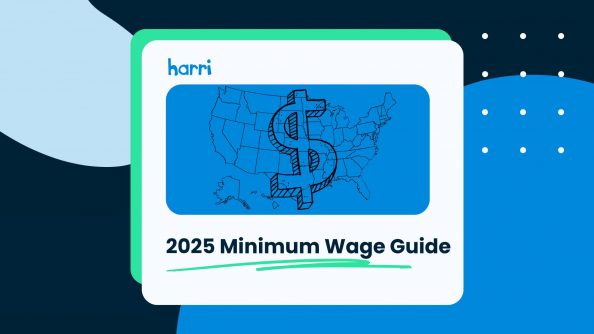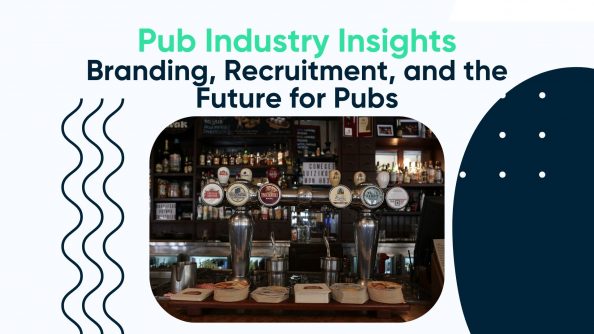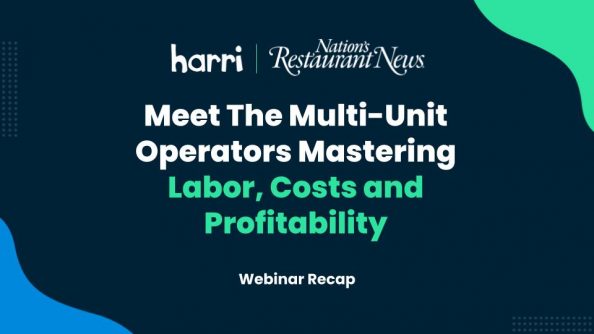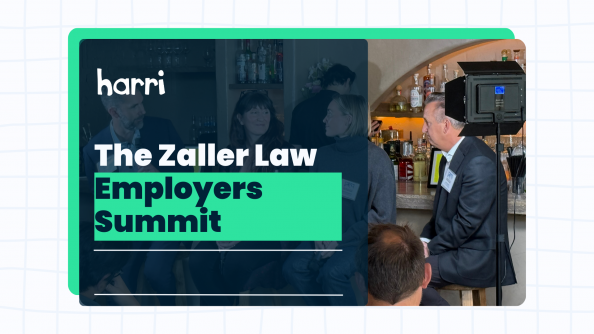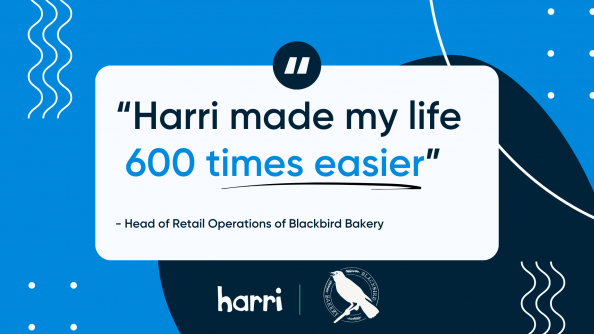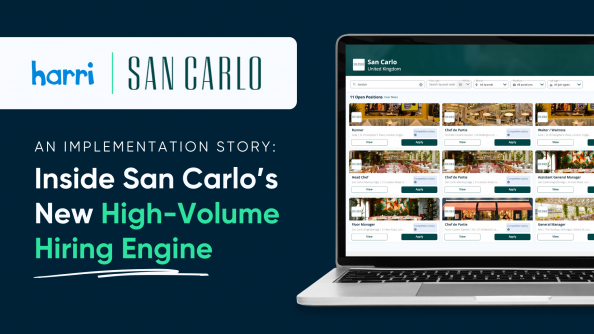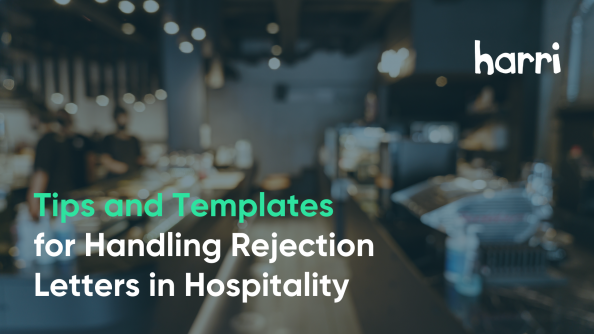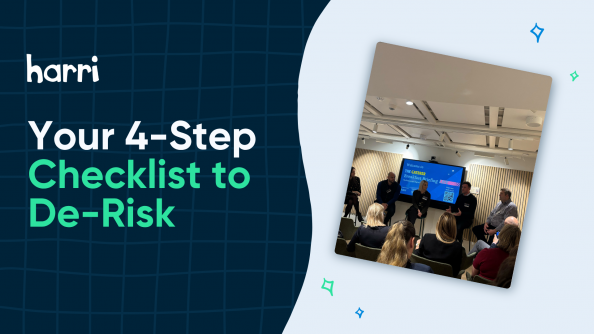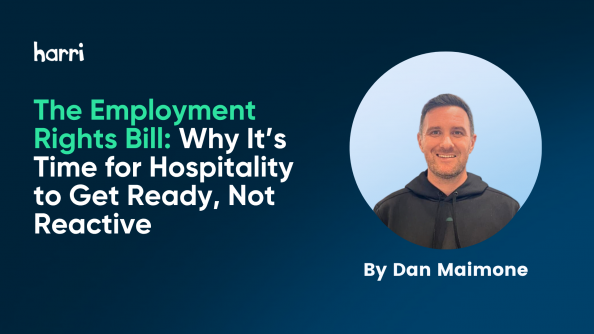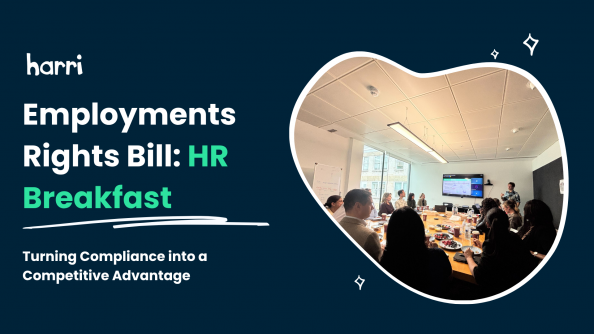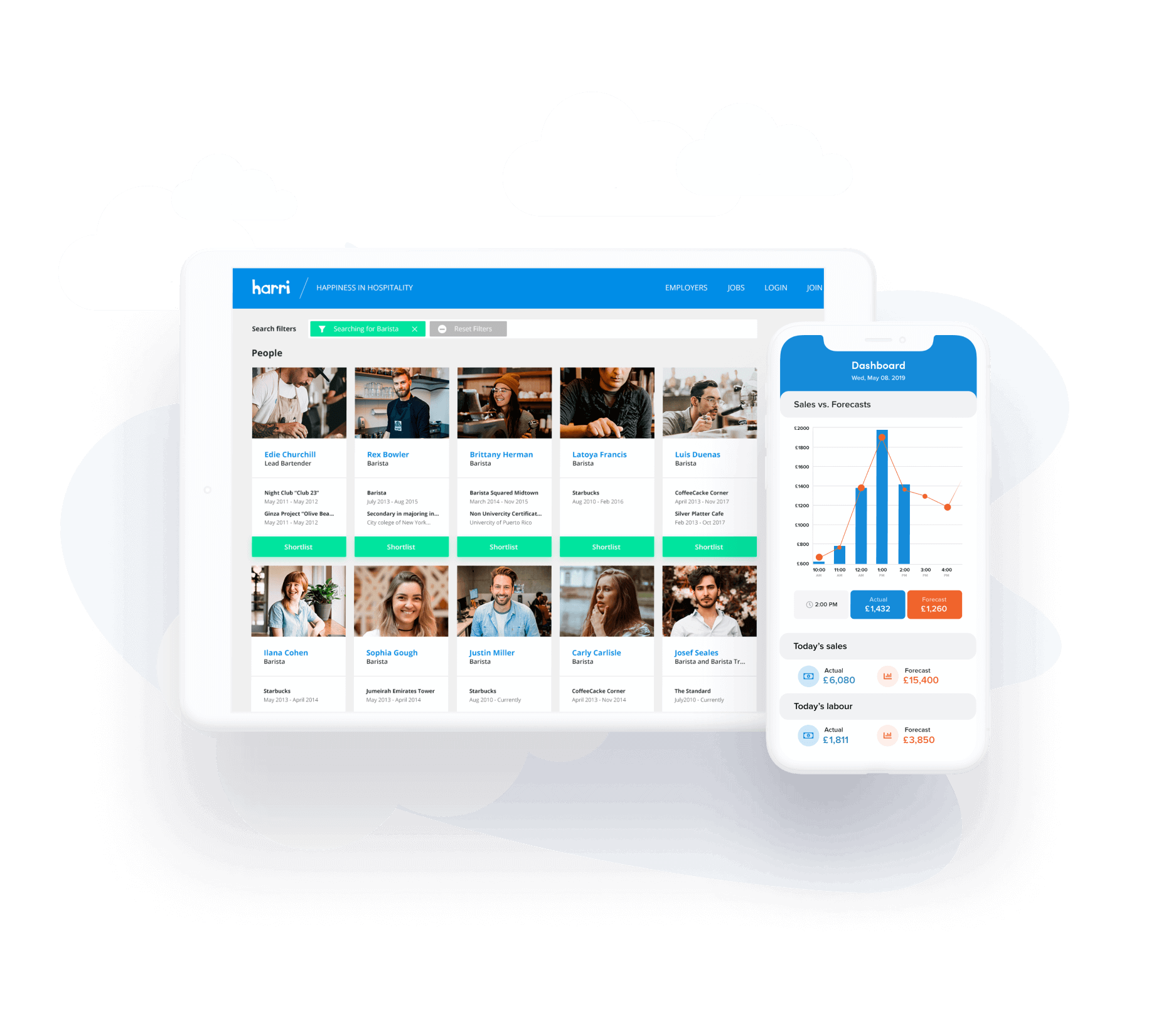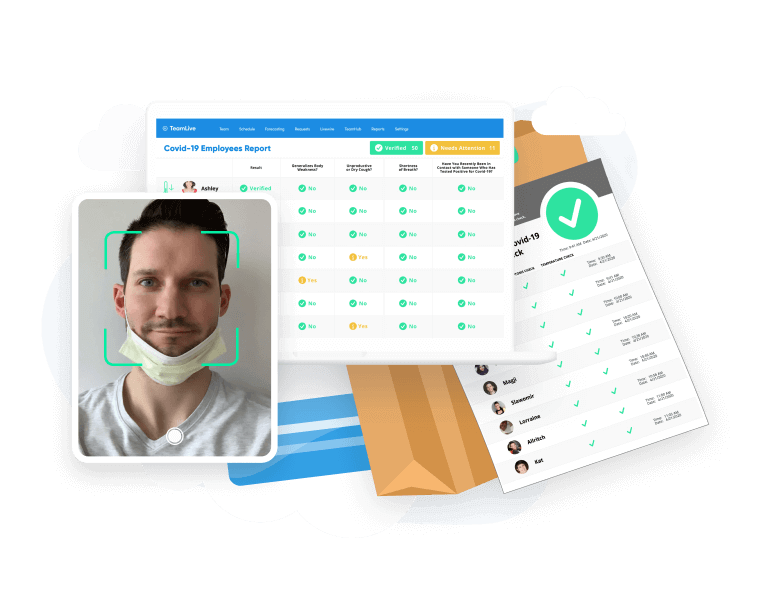Why the QSR Industry Needs a Tech Flip to Stay Competitive in 2025

- By Harri Insider Team | April 28, 2025
Quick-service restaurants are being squeezed from every direction. Labour costs are up. Hiring is a slog. Compliance rules change by the week. The pressure to deliver more with less is intense and most tech stacks just can’t keep up.
The problem isn’t a lack of technology. It’s too much of the wrong kind.
Point solutions have piled up over the years. Things like scheduling, payroll, applicant tracking, and engagement are often each handled by a different vendor, with different logins, different workflows, and different data sets. What started as a quick fix has quietly become a costly mess.
To stay competitive in 2025, QSR leaders need to flip the way they think about tech. The answer isn’t adding more tools, it’s unifying them within a comprehensive workforce management solution.
Disconnected Systems Are Quietly Bleeding Your Bottom Line
When tech doesn’t talk to each other, people spend more time filling the gaps than doing the work. Managers bounce between systems to approve time off, cover shifts, track hours, check hiring progress, or just figure out who’s actually showing up for work tomorrow.
In addition to being a time strain, these extra steps cost real money. Labour inefficiencies pile up in the form of:
- Overtime that could’ve been avoided
- Gaps in coverage that lead to lost sales
- Delayed onboarding that leaves roles unfilled
- Reporting lags that make it hard to spot issues early
More than being frustrating, it’s expensive. And with margins already tight, there’s little room for that kind of waste.
Leading brands have discovered that consolidating workforce technology can be transformative. One QSR operator reported a remarkable 53% reduction in overtime spend after implementing an integrated workforce management solution focused on real-time alerts, improved forecasting, and predictive scheduling.
“Since implementing Harri’s workforce management solution in early 2023, we have experienced a 53% reduction in overtime spend. With the access to real time alerts, improved forecasting, and predictive scheduling, Harri makes managing overtime and optimising staffing levels so much easier for our front-line managers. The real time alerts have been a real game changer for our team.”
Akash Management
Retention Is a Technology Problem
Turnover is part of the job in QSR, but right now, it’s happening faster and hitting harder. Restaurants are struggling to keep people beyond a few weeks, let alone a few months. And the tools meant to support employees often make things worse.
Disjointed systems create clunky experiences. Teams don’t know when they’re working. Managers don’t have time to celebrate wins or check in. There’s little feedback, less recognition, and no sense of momentum.
Retention starts to improve when QSRs start treating the employee experience like the operational priority it is. That means:
- One place to manage scheduling, feedback, and comms
- Fewer barriers to swapping shifts or flagging burnout
- Clear pathways for growth and recognition
As one Wingstop leader noted, “launching Harri and the innovation of the technology has played a crucial role in the retention of our employees.” Technology can make all of that easier. But only when it’s built to support the full journey, not just one part of it.
Manual Scheduling Is Still Costing More Than You Think
Most restaurant managers still spend hours building schedules every week. They rely on intuition, old templates, and a calendar full of sticky notes to balance availability, labour laws, and foot traffic. When shifts hit the fan, they scramble to fix it manually, often while they’re short-staffed.
This kind of reactive scheduling creates hidden waste:
- Too many staff when it’s slow
- Not enough when it’s busy
- Missed breaks and labour law violations
- Overtime hours no one budgeted for
It also chips away at team morale. Last-minute changes, unclear expectations, and shift confusion lead to friction between managers and crew.
The solution isn’t another siloed restaurant scheduling solution, it’s a smarter way of working. AI-powered forecasting and data-driven scheduling systems put the right staff in the right place at the right time, allowing restaurants to spend less time fixing problems and more time delivering great service.
Compliance Isn’t Optional But It Doesn’t Have to Be Painful
Whether it’s minimum wage laws, break regulations, or local scheduling ordinances, compliance complexity is only going in one direction. And the frontline is often left holding the bag.
Managers don’t have time to track every rule change. HR teams can’t be everywhere at once. Most restaurants are one payroll error or scheduling misstep away from a fine, or worse, a lawsuit.
Consolidating tech is a simple but powerful lever. It reduces the number of systems that need to be monitored, updated, and audited. It also centralizes employee data, making it easier to spot compliance risks and correct them before they become issues.
Automated payroll systems with built-in compliance features minimise errors, reduce administrative costs, and ensure adherence to labour laws. Compliance shouldn’t slow down operations. Compliance shouldn’t slow down operations. With the right setup, it becomes something that just runs in the background, not a weekly fire drill.
Gen Z Is Redefining the Frontline and Your Tech Needs to Catch Up
By the end of 2025, Gen Z will make up more than 27% of the global workforce. In QSR, that future is already here. This generation is already staffing counters, prepping food, and leading teams, and they bring different expectations to the job.
They want clarity. They want purpose. And they expect technology that doesn’t feel like a step backward.
What Gen Z values most in the workplace:
- Flexibility in how and when they work
- Inclusivity and environments that reflect their values
- Purpose-driven roles where their impact is visible
- Digital-first experiences that are fast, intuitive, and mobile
Most legacy restaurant scheduling solutions weren’t built for this. Missed messages, outdated interfaces, and complicated scheduling processes send the wrong signal. Gen Z doesn’t just leave for higher pay—they leave for better systems.
If your tech stack can’t meet them where they are, it’ll be harder to attract them and even harder to keep them.
It’s Time to Flip the Stack
The case for change is clear. The current patchwork of restaurant tech doesn’t scale, doesn’t integrate, and doesn’t deliver the speed or control that QSR leaders need.
Major brands like McDonald’s, KFC, Wendy’s, and Burger King have already recognized the value of moving toward unified workforce management solutions for their operations. As one KFC operations director put it, “The agility of integrated solutions is crucial to the ever-changing environment; we were delighted with the fact we could phase in the functionality and add on additional modules when we need them in the future.”
A tech flip doesn’t mean replacing everything overnight. It means stepping back, getting clear on what’s actually helping, and phasing in a system that works together, from applicant tracking to scheduling to payroll to employee engagement.
This shift isn’t about IT strategy. It’s about operational survival. And the QSRs that make the flip now will be the ones that stay competitive when the pressure keeps rising.
Talk to a hospitality expert to learn how leading brands are reducing labor costs while improving the employee experience.





